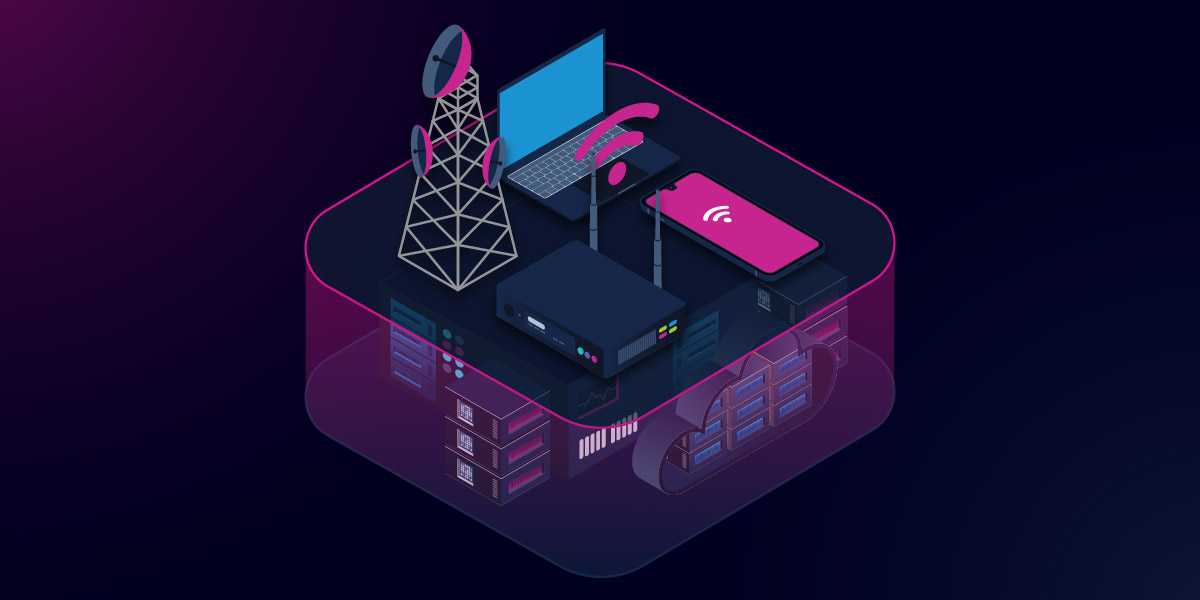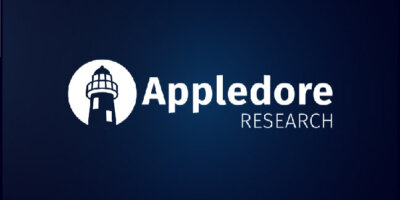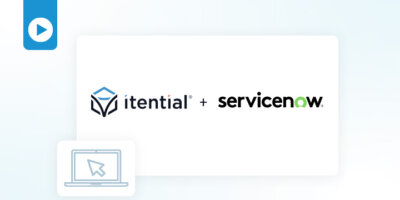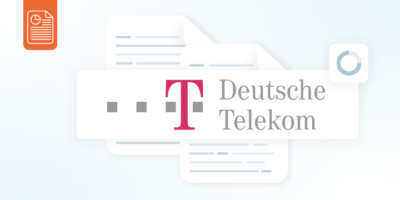Increasing profitability is the primary driver for telcos today. One of the major challenges in this area is the relatively slow, bespoke process of creating new business products that end-users can self-manage via API, in the same way they consume cloud services.
Accelerating and standardizing the way network services are exposed through APIs for customers to consume will directly drive telco revenue growth.
Current API Standardization Efforts: An Important Step, But More Is Possible
Recently, the telecommunications industry has redoubled efforts to standardize around API formats to facilitate exposure of basic services.
One of the largest projects in this space is CAMARA, an open source project initiated by the Linux Foundation and GSMA to bring the industry together around a standardized framework for common network APIs. The goal of CAMARA, along with similar initiatives such as a MEF + TM Forum initiative around LSO Sonata, the 5G Public-Private Partnership, TIP, and others, is to unify disparate standards and provide developers and cloud providers with streamlined access to all operator networks.
The industry is rapidly embracing APIs. Just a few days ago, Ericsson announced a joint venture with some of the largest global network operators to simplify network API access. The venture will build around GSMA’s Open Gateway initiative and leverage CAMARA APIs.
Standardizing around APIs is a valuable step. It’s a direction in which the industry must move, and this move will help with wholesale and functional use cases. However, it is not the most direct path to revenue that’s currently available to service providers.
In my view, the industry is currently too focused on exposing basic capabilities. However, the highest-margin products are the more complex NaaS services for advanced enterprise customers (examples: 5G network slicing, edge computing as a service, cloud-native networking, IoT connectivity, modern security services).
If telecommunications service providers can operationalize the process by which these services are exposed and delivered to customers, they will be able to create and deliver customized, complex, differentiated services rapidly and will stand to make significant revenue gains.
Exposing Complex Services Is a Challenge
In a typical service provider, the existing systems and tools are designed around a small set of services — consumer mobile and voice, broadband, etc. — and it has become extremely expensive to add new products to existing order/fulfillment stacks due to their inflexibility and complexity.
As a result, many communications service providers have been forced to keep a narrow focus. CSPs have largely invested in only a few new products and have deferred to white-labeling existing products such as SD-WAN services. A white-label product is undifferentiated, providing less advantage in the market compared to innovative or otherwise differentiated product offerings.
In addition, even when new services are automated and exposed successfully, they require a different approach to changes and customization which existing order management stacks are not equipped to handle. Traditional, legacy products like broadband primarily involve Day 0/1 changes — a customer is activated once, and changes are usually only made in response to outages. A much higher percentage of changes happen after activation (Day 2) for new CSP products. The level of rapid customization customers demand requires current CSP stacks to evolve.
Service providers are facing significant hurdles to revenue growth and time to revenue. The industry must find solutions to accelerate service composition and delivery so that CSPs can deliver the complex, hybrid, customized services of the future to advanced enterprise customers.
How Itential Enables Telcos to Rapidly Productize Complex Enterprise Cloud Services
Itential’s platform and our products for ServiceNow are aimed at solving the two main challenges that prevent CSPs from growing revenue quickly: building automations around existing fulfillment, and providing a rapid, consistent way to compose and deliver new services.
Our App for ServiceNow OMT eliminates the need for custom integration between network infrastructure and an organization’s ServiceNow environment. CSP network teams can leverage Itential’s workflow orchestration capabilities to build out end-to-end workflows to automate every step of a fulfillment process. Then, those workflows can be exposed as services through ServiceNow OMT so catalog owners can incorporate them into products.
Itential allows CSPs to rapidly compose new, innovative services across mixed network infrastructure, solving the second challenge that slows down revenue growth.
Unlike existing tools and systems, which are typically hard coded for specific technologies, our platform isn’t hard coded for any specific technology. Itential is designed around integration flexibility — workflows can be composed of automations across any API-enabled system, controller, or service, along with any CLI changes across multiple device types. Our platform adapts to new products, features, and capabilities more quickly than the competition and without any additional cost for customers. Additionally, Itential doesn’t prescribe a specific data model, instead using JSON to model and transform data so data translation can easily be automated between different automated steps in a service fulfillment workflow.
To streamline how services are exposed, our platform exposes all automations and orchestrations published with the platform as an API that can be consumed by other platforms including ServiceNow, internal customer portals, and CI/CD pipelines.
As a result of the platform’s flexibility and agility, it supports both Day 0/1 activation activities and Day 2 operations tasks. Instead of relying on the legacy order fulfillment stack to deliver rapid Day 2 changes, CSPs can use a platform that’s built to enable modern network services. Users can implement Itential as a single platform for both Day 0/1 and Day 2 orchestration flows, simplifying the operational environment.
All of these capabilities position Itential at the cutting edge of the market, enabling our customers to transform their networks and maximize revenue generation from complex, multi-vendor services. Accelerating time to market for feature-rich, customized services is a key priority for CSPs: Itential is focused on enabling our customers to achieve this goal.





